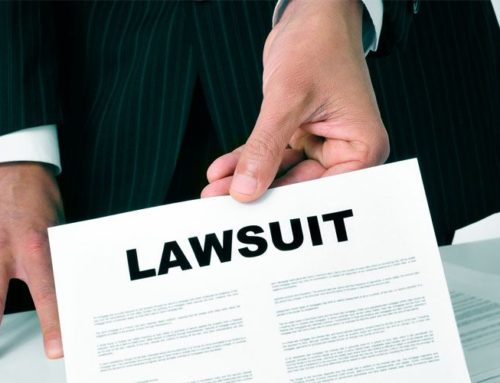Adverse Possession Statute
Adverse Possession – sometimes referred to as “squatters rights” – is a legal way to obtain title to real estate without purchasing it, by occupying the property for a number of years.
 Because the law is poorly understood by most people, the belief persists that all that is required is to 1) find a vacant house, and 2) move in. The reality is much more complex. If you have an adverse possession problem, then call our Houston Real Estate Attorneys today.
Because the law is poorly understood by most people, the belief persists that all that is required is to 1) find a vacant house, and 2) move in. The reality is much more complex. If you have an adverse possession problem, then call our Houston Real Estate Attorneys today.
Adverse Possession Statute of Limitations
Elements of Adverse Possession
To qualify for title by adverse possession, the claimant must hold the property for 3, 5, 10 or 25 years.
The only way to qualify for the 3 or 5 year time period is to have a deed or some kind of instrument that appears to grant title to the property.
If there is a defect in the deed, or defect in the title before a deed was granted, an adverse possession claim can help cure that defect, which may be necessary in order to sell the property.
Without a deed, the claimant must first occupy the property without the permission of the title holder, and then hold it exclusively and claim title for 10-25 years before filing suit to have the court declare the claimant as the owner.
How to Adversely Possess in Texas
During that time, the claimant will need to pay the taxes, maintain the property, keep trespassers and any other claimants out, and generally treat the property as exclusively their own. This means that adverse possession claims typically require a substantial investment of time and money to be successful.
Fences & Adverse Possession
Things get even more complex when the basis of a claim to property is the location of a fence. Many people mistakenly believe that after a fence has been in place for a number of years, the fence line becomes the property line.
This results in litigation between neighbors to determine the correct property boundary and ownership, and in most cases, this belief is simply not correct.
Casual Fence vs Boundary Fence
There is a long line of cases in Texas which distinguish between a “casual fence” and a “boundary fence.”
The courts define a “casual fence” not by how high the fence is, how long it’s been there, or the building materials, but by the original purpose of the fence.
Particularly in urban areas, fences are typically built to contain children and pets, and to provide privacy; these traits are what define the fence as a “casual fence.” Property lines are defined by deeds; a surveyor can review the deeds, and mark the exact area on the ground that defines the property.
If someone tries to claim title to property on their side of the fence, but on their neighbor’s side of the property line defined by the deed, they will have to show that they’ve met all of the standards for an adverse possession claim, which is almost always impossible in that situation.
For example, has the claimant gone to the tax office and asked to be assessed taxes on the extra land on their side of the fence? If not, they have not been openly and obviously treating the property as their own.
Must Have Exclusive Possession
Are there water lines or other structures underground that are owned by someone else? If so, the claimant does not have exclusive possession of the property they are claiming. Did the claimant have permission from their neighbor (expressed or implied) at some point for the placement of the fence or other use of the property?
If so, the necessary time period for adverse possession never begins, because the claimant’s possession is not adverse to the deed holder. How did the fence get put there? If the claimant’s neighbor put up the fence, then the fence won’t support the adverse possession claim, because the claimant didn’t put it there.
More often than not, the origin of the problem is simply that fence builders aren’t surveyors, and so they’ll happily put a fence anywhere you ask them to put it. A fence which is simply misplaced cannot meet the standard for adverse possession, and I sometimes refer to these situations as accidental possession.
If you have a question about your property boundary, your first step should be to contact a surveyor, and have them do a survey of the property and mark the boundaries.
If you find that the fence is not on the property line, you may want to consider moving it. If that’s impossible because your neighbor is claiming that they own some of your lot, call your favorite lawyer. You can recover the property being wrongfully held by your neighbor, and It Feels Good to Prevail!





